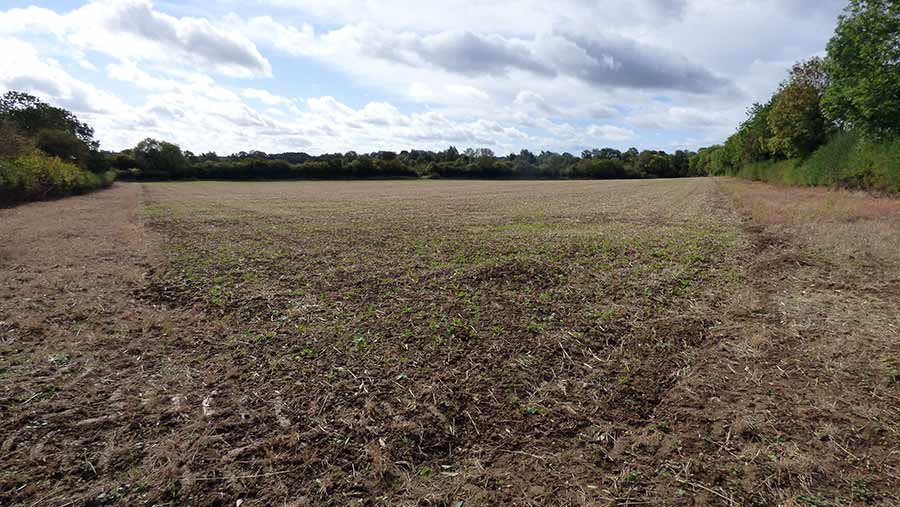Farmland sale and leaseback deals an option for retirement
 Howkins & Harrison sold 21 acres at Welton in Northamptonshire by auction and has set up a contracting agreement for the seller to keep farming the land
Howkins & Harrison sold 21 acres at Welton in Northamptonshire by auction and has set up a contracting agreement for the seller to keep farming the land Farmers thinking about their retirement plans could consider a sale and leaseback agreement to let them continue working the land with financial backing.
Agents say non-farming investors are particularly interested in enterprises that offer a steady return and the potential for long-term uplift in value.
For the right proposition, investors are prepared to buy either the whole unit or a chunk of the farmland and negotiate a deal to lease it back to the seller.
See also: The land market where you live: Yorkshire and the Humber
Richard Gadd, senior associate at Fisher German, says the arrangement is more common than many farmers think.
He says his firm has seen a good number of transactions over the past two years where the seller remains in place under a farm business tenancy (FBT).
“They often fly under the radar because they are done off market,” he says.
Mr Gadd says the principal reason sellers want to stay is to manage their retirement and raise capital while continuing to live in the farmhouse.
“There is a view that you have to sell your farm, move away and retire all at once, but that’s not always the case,” he says.
“Selling the farm and leasing it back for three, five or even 20 years means you have the capital to invest in other things while staying as a tenant.”
Striking a deal
Buyers usually pay the open market rate – and in some cases, a premium – if the seller becomes a short-term tenant.
A discount is usually applied if the terms of the FBT are closer to 20 years.
“Farmland is seen as a relatively low-risk investment with potential for capital growth, so a purchase of this nature could fit a buyer who has no interest in farming the land themselves,” Mr Gadd says.
“There is particular interest in farms where there is potential for an uplift in value, perhaps from a housing development or large-scale renewable energy diversification.”
See also: How tax relief can reduce the cost of buying a farm
Howkins & Harrison says it has recent examples of sale and leaseback deals, and agrees they are more common than many think.
Partner Tim Howard sayd: “A non-farming neighbouring property owner acquiring a farm is a good example of one we dealt with recently.
“Buyers value being able to acquire land without having to compete with others on the open market. They tend to be local and often know the area or specific property.
“A leaseback option may be the only way a deal can be struck. The buyer gets the property they want but the seller remains in occupation and can manage their exit.
“Buyers also don’t have to go through the process of finding a new tenant on the open market.”
Sticking points
Negotiations between the buyer and seller need to go well for a deal of this nature to get over the line.
Vendors should set out the terms from the outset and be prepared to show flexibility.
As well as agreeing the rent and length of the tenancy, break clauses need to suit both parties.
Sellers also need to know their landlord is aware of their obligation in areas such as property repairs.
Mr Howard and Mr Gadd agree that a leaseback will not suit every investor, particularly if tax is a driver for the purchase, as many will need to farm the land themselves. There are income tax advantages to farming the land yourself.
Entrepreneurs’ relief from capital gains tax can often be secured on a farm sale when the business ceases trading, reducing the bill from 20% to 10%.
However, those who continue to farm the land as a tenant may still be liable for a higher rate.
“For some, having the cash available to invest elsewhere and knowing their retirement plan is worth paying the extra tax,” Mr Gadd says.
